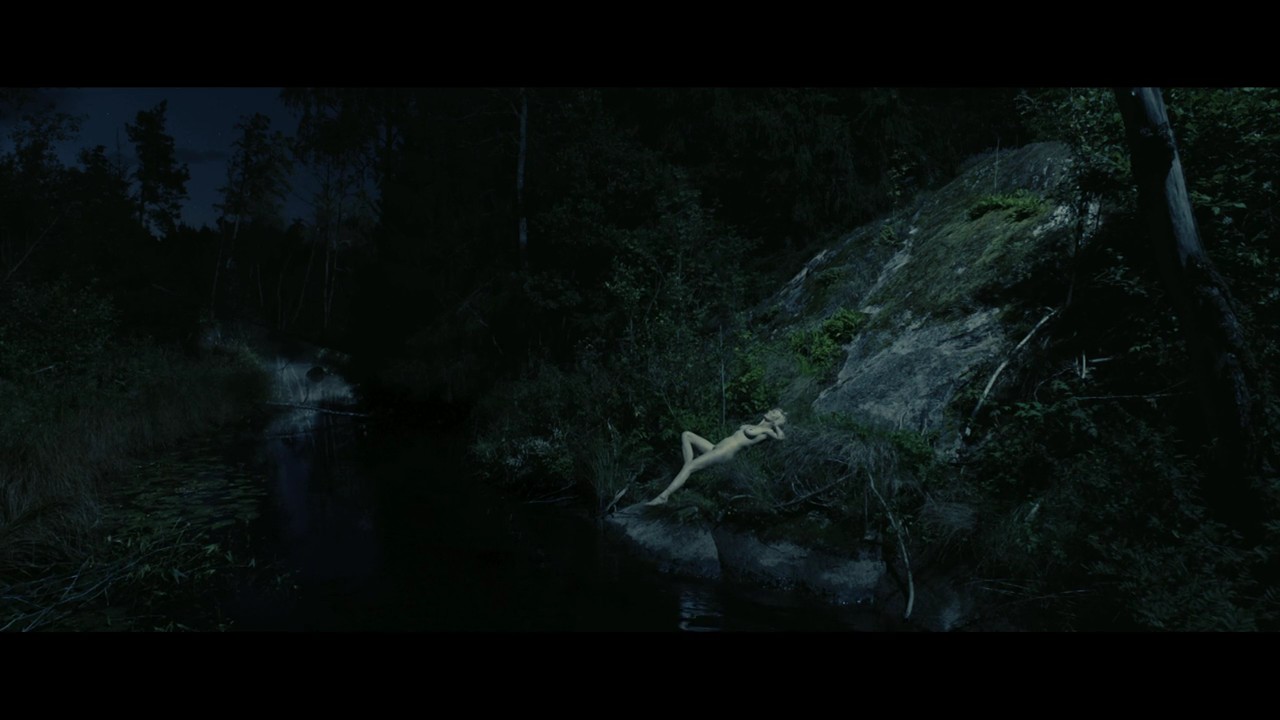Spine # 152
George Washington is a simple, but visually stunning story of a group of inner city kids that live in a rundown town in North Carolina. You are first introduced to the kids through an amusing, yet beautiful conversation between Nasia (Candace Evanofski) and Buddy (Curtis Cotton III) who are discussing their relationship struggles. Nasia is also the Narrator telling the story. At first I was displeased with the look of the film because I felt it too closely resembled a film I have mentioned in a few earlier posts; Gummo (1997) the cinematography, grittiness, location, narration, and characters do somewhat look similar to Gummo but George Washington redeems itself in the end, no pun intended (you'll know what pun I'm talking about once you've seen the film).
The first six and a half minutes are filmed in a subtle, slow-motion fashion thats gorgeous and immediately sucked me into the story for the rest of its duration. The only time I grew a little weary was a few scenes that attempted to pull intense dialogue out of some of the child actors, one scene in particular between Vernon (Damian Jewan Lee) and Nasia. They were arguing in a kitchen and Neither of them could hold their own, especially Nasia. Aside from the characters that were lacking proper acting skills, there were a few brilliant performances, specifically that of Buddy, who delivers a speech on an abandon "auditorium like" stage while wearing an alligator mask, this was by far my favorite scene in the film.

To my surprise Paul Schneider (from the show Parks and Recreation, which is hilarious and I watch weekly) played an important roll in the film as "Rico Rice". I also found that the director of this film; David Gordon Green, last two films were "Pineapple Express" and "Your Highness"... stoner comedies just don't do it for me... Although he did direct "Snow Angels" which I loved and own on DVD, so I guess he's broke even in my book.
As a whole the film begins as a tragedy and ends up being an uplifting story of redemption, its refreshing to see independent films of this quality and I wish there were more like it.
IMDB:******** 8/10
NETFLIX:***** 5/5

































































